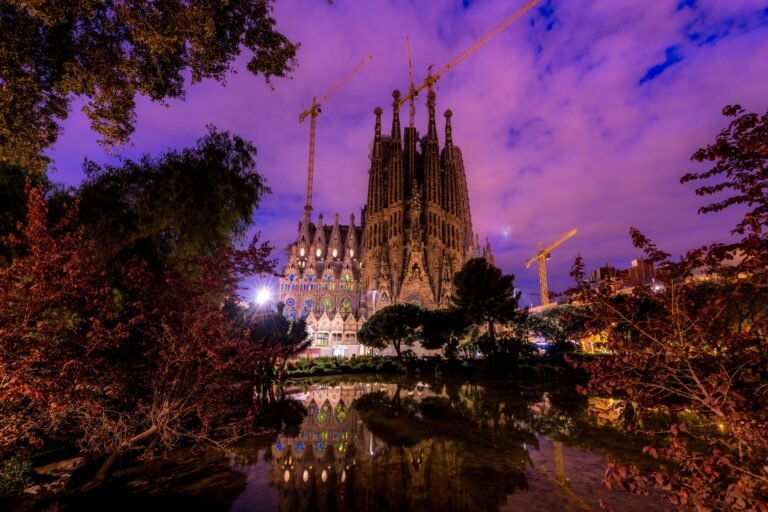The Second Studio Podcast: Interview with Paul Goldberger
The Second Studio Podcast: Interview with Paul Goldberger

The Second Studio (formerly The Midnight Charette) is an explicit podcast about design, architecture, and the everyday. Hosted by Architects David Lee and Marina Bourderonnet, it features different creative professionals in unscripted conversations that allow for thoughtful takes and personal discussions.
A variety of subjects are covered with honesty and humor: some episodes are interviews, while others are tips for fellow designers, reviews of buildings and other projects, or casual explorations of everyday life and design. The Second Studio is also available on iTunes, Spotify, and YouTube.
This week David and Marina are joined by Pulitzer Prize-winning Architectural Critic and Author Paul Goldberger to discuss his journey to becoming an architectural critic; the importance of critics, their role in society, and the challenges of being one; adapting to the digital age; his critiquing process; the state of architecture today; and more.
Highlights & Timestamps
Paul’s background (00:00)
Critiquing architecture & being a critic (21:48)
It’s wonderful when architects are articulate, not enough of them are… It’s great when they are but I’m a little bit suspicious of an architect who speaks so well, that the words almost overshadow the architecture. At the end of the day, there’s a design idea that should be more powerful than anything said about it but that does not mean that design speaks for itself. It doesn’t always. And there’s a lot to be said about interpretation and context and judgment and evaluation and so forth. And a critic’s job is to combine taste and judgment with a basis of knowledge. So to bring knowledge to the table, which allows informed judgment and hopefully, against the background or on a foundation of good taste, as well as the foundation of knowledge, to explain things that an architect or designer may not, and perhaps even should not, say themselves. – (22:54)
How the digital age has impacted architectural critiques (40:35)
I think it’s a problem that is maybe more severe in architecture because there are so many different factors that go into evaluating architecture. It’s really, really hard to do it adequately without enough space and time and so forth. You’re not just judging it as a piece of form. You’re judging in so many other ways as well. You’re judging at the end of the day in terms of its impact on society, which is always a complicated issue. But this is a problem in our culture in general right now because as attention spans get shorter and shorter, and the notion of a sort of quick-hit about everything, everything is reduced to a slogan or a phrase or a soundbite. (41:08)
The problems with architectural education (01:05:34)
Mending the gap between architecture and the public as a critic (01:18:01)
I firmly believe that a big part of the critic’s role is to be a kind of bridge between the public and the architecture community, which doesn’t mean necessarily that the critic is fronting for either of those or part of either of those but can help interpret each to the other since they often speak very different languages altogether. (01:18:10)
Paul’s critiquing process (01:24:37)
I usually take notes that are very much connected to immediate impressions physically standing there. I don’t waste time writing that it’s so many stories high and this and that because I can always look that stuff up later or get it from looking at pictures anyway. It’s more about what happens inside your gut and your brain, and all that as you’re looking at it and what do you feel. (01:26:33)
Separating the architect from their architecture? (01:34:01)
The controversial architecture of New York (01:45:08)



